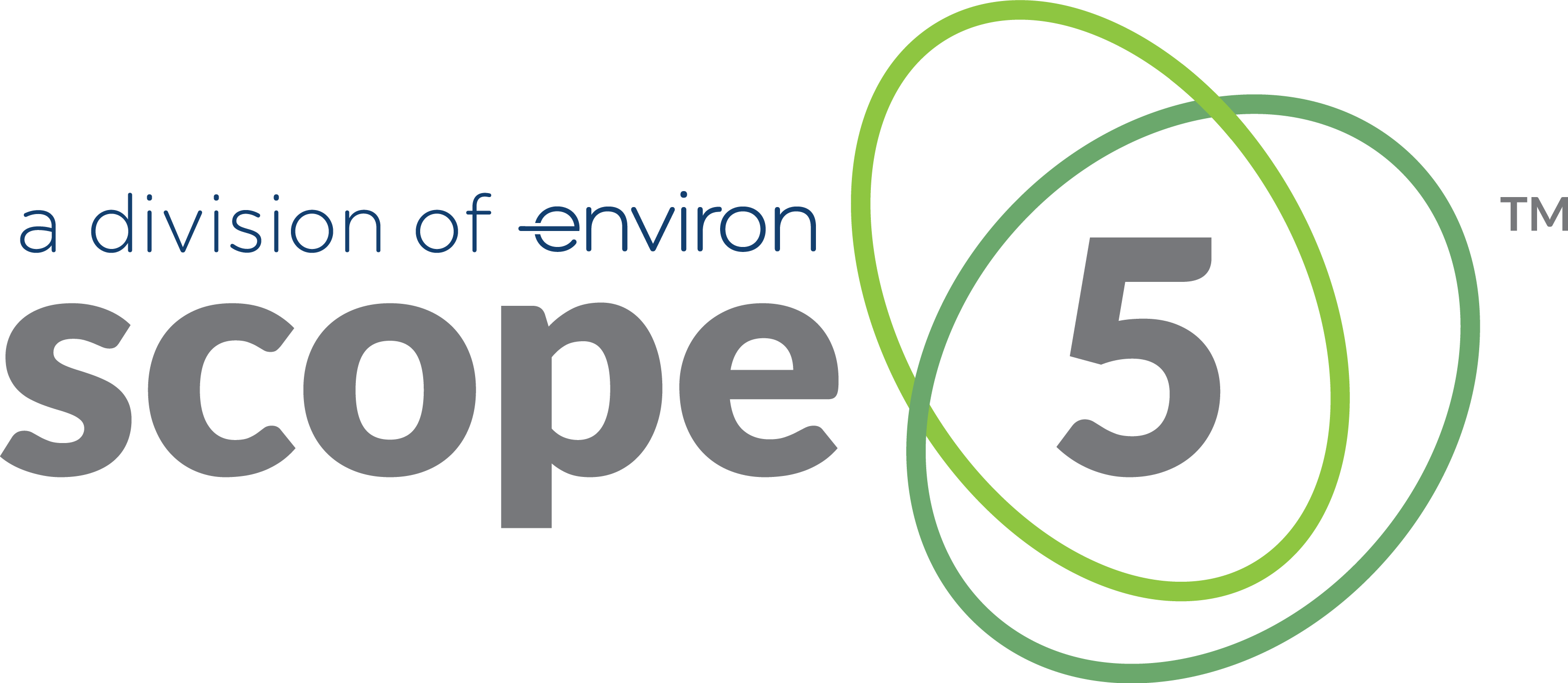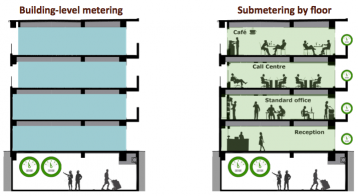Over the past several months, we’ve seen increased interest from medium to large organizations in implementing some sort of carbon pricing. To a large degree, this seems to have been inspired by Microsoft’s success in implementing an internal carbon fee (ICF), which, they claim, now saves them over $10 million each year. It’s an exciting time to be in the carbon accounting practice.
At Scope 5, we’re discussing carbon fees with a number of customers and partners, and I’ve been thinking about how best to explain the value of an ICF to various stakeholders in different organizations.
One example that occurred to me and that seems to resonate with most people is the analogy to the value of sub-metering. Let me explain…
Many organizations lease space for their operations. For instance, several of our clients lease office space in various buildings around the world. In most cases, these organizations are not billed directly for their utility usage.
Instead, the building operator pays each utility company for all the occupants’ usage in aggregate. The cost is passed on to the lessees in some form or another. In many cases, the cost of utilities manifests as an invisible premium built into the rent that the occupant pays.
This state of affairs leads to waste. In the abstract, it leads to waste because the actors that could reduce waste have no visibility into the external costs of their actions and perceive no pain linked to these costs.
Enter sub-metering (a.k.a. branch-metering).
Usually, building operators pay utility charges on behalf of their occupants in aggregate simply because they don’t have the means to apportion actual usage among the building occupants. Until recently, there was little impetus to do so.
Today, various technologies, simple and complex, are emerging that make it possible to measure usage for each occupant individually. These are various forms of sub-metering. When operators implement sub-metering, they pass utility costs to each occupant based on that occupant’s actual usage. Sub-metering is illustrated below: (image courtesy of energydeck):
Sub-metering accomplishes two things
- It gives each occupant visibility into their utility usage.
- It makes each occupant bear the cost of their utility usage.
This amounts to internalizing externalities, and it leads to reduced waste. From this study on sub-metering:
When building occupants got direct feedback regarding their usage (when they saw how much they were using and how much it cost them), lasting behavior changes resulted and costs decreased.
So what, you might ask, does this have to do with internal carbon fees?
Everything.
When correctly implemented, an internal carbon fee has the effect of passing the (otherwise externalized) cost of carbon emissions to the actors that can directly reduce carbon emissions.
This is the beauty of the internal carbon fee. It eliminates the tragedy of the commons. It internalizes externalities. It leads to reduced waste.
I have heard, many times, complaints along the lines of
I wish my company didn’t generate so much carbon emissions but oh well – what can you do?
But that very employee just went on to book a business class seat on yet another business trip. A carbon fee could change that behavior.
We’re not there yet. Internal carbon fees are in their infancy. Few companies have implemented them and those that have, pass fees to emitting actors at coarse granularity, temporally and spatially.
For example, Walt Disney and Microsoft (both ICF early adopters) pass fees down to the business unit level, not further. Microsoft passes fees down quarterly – other early adopters may pass them down only annually.
Over time, we hope to see a shift towards finer granularity. Finer spatial granularity assures that the actors most able to reduce waste are the ones that will bear the cost of their actions.
Finer temporal granularity enables those actors to see the results of their actions in real time as opposed to ‘looking in the rear-view’ mirror once a year.
I am optimistic – just as sub-metering has been gathering steam and reducing waste in the built environment, so carbon fees will be more broadly adopted and more deeply implemented. So far, Microsoft claims $10 million in annual energy savings and emissions reductions on the order of 7.5 million tonnes of CO2 and that’s just the start!

